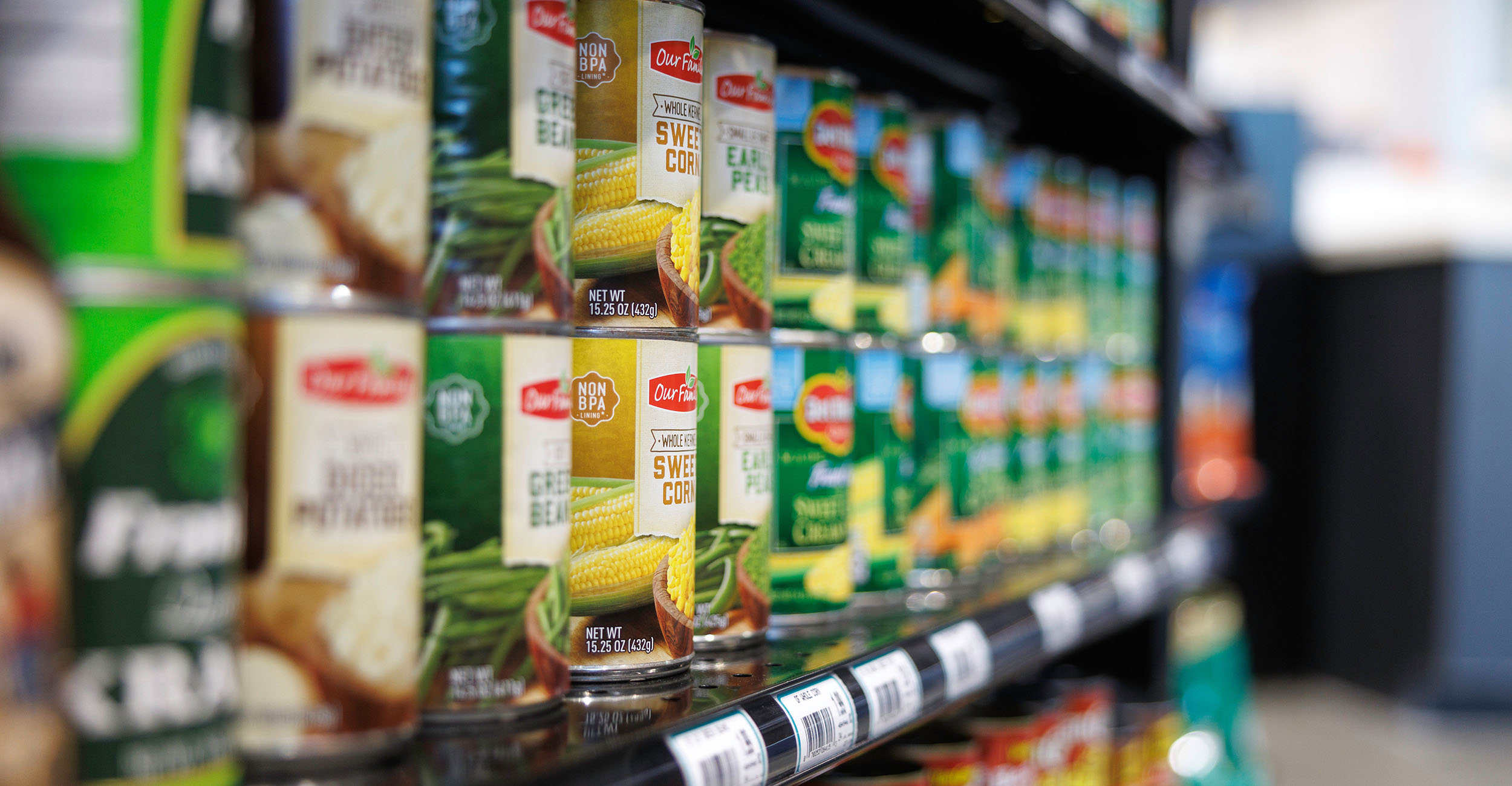
Put food on the table without breaking the bank
Thursday, October 10, 2024
Media Contact: Trisha Gedon | Sr. Communications Specialist | 405-744-3625 | trisha.gedon@okstate.edu
A trip to the grocery store leaves many consumers in sticker shock as food prices continue to rise.
Food prices in the United States rose by 25% from 2019 to 2023, said Bailey Norwood, professor in the Oklahoma State University Department of Agricultural Economics.
“In the past 20 years, retail food price inflation has been about 2.5% per year,” Norwood said. “While retail food costs partially reflect commodity prices, the costs of bringing the food to the market also influence what consumers pay at the grocery store and restaurants.”
In 2023, U.S. consumers, businesses and government entities spent $2.6 trillion on food expenditures — up from $2.4 trillion in 2022, with food-away-from-home spending accounting for nearly 59% of total food expenditures.
Norwood said for a typical dollar spent in 2022 by consumers on domestically produced food, 34.1 cents went to food service businesses such as restaurants and other eateries outside of the home.
“Consumers are experiencing price increases in all aspects of their lives, and food is a necessity that must be figured into a budget,” he said.
What can consumers do to rein in the cost of feeding themselves and their families? Mengya Wang, OSU Extension finance specialist, said there are several ways consumers can get more bang for their buck when purchasing food.
“The first thing consumers should do is create a budget that includes all expenses,” she said. “This will help determine how much is available to spend on groceries.”
A 50/30/20 budget is an easy way to get started. Fifty percent of take-home pay goes to essential needs like housing, transportation, utilities and food. Thirty percent is discretionary wants, such as eating out and entertainment. This leaves 20% for savings and debt repayment.
“Consumers need to look at their take-home pay and adjust the percentages accordingly. The discretionary funds may need to be reduced to ensure enough money to pay all the bills first,” she said. “Once a grocery budget is determined, take steps to maximize those dollars.”
Savings tips for consumers:
- Plan meals for the week based on what’s already in the pantry and sales ads from local grocery stores.
- Make a shopping list and stick to it. Consider curbside pick-up to eliminate impulse purchases. Stores with fewer choices can also cut down on impulse buying.
- Use coupons. Some stores offer digital coupons to simplify the process.
- Consider store brands over name brands. The same manufacturers of name-brand items produce many store-brand items. Also, read reviews online to compare brands.
- Compare prices at online retailers. Online prices may be lower even with shipping costs.
- Shop seasonal and local produce. A nearby farmers market may offer fresh options at a better price.
- Don’t buy something just because it is on sale; however, if the item is a frequent purchase, take advantage of the lower price.
“A family’s schedule can be busy, but cooking at home is the best way to save food dollars,” Wang said. “Don’t let leftover food go bad. The roasted chicken from one meal can become quesadillas or a chicken wrap for another meal. Also, a meatless meal once a week can defray some costs but still be healthy.”
Tracking food spending is a good way to see where funds are going. Keep track of everything — coffee purchases, buying a snack at work and fast-food meals. Consumers can identify spending patterns and adjust shopping habits as needed.
Invest in a good coffee machine at home and skip the coffee shop. It won’t take long to recoup the cost of the machine.
“Consumers are spending more than ever on food at the grocery store and eating out,” Wang said. “Making some spending adjustments, comparison shopping and planning can help people make their budgets more manageable.”
